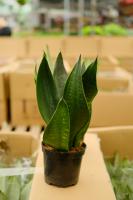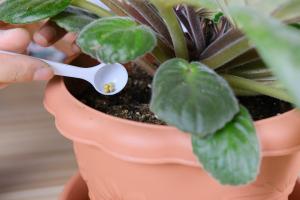How to Kill Water Plants
Water plants can be a beautiful and beneficial addition to any body of water, such as a pond or lake. However, if left uncontrolled, they can quickly take over and become a nuisance. Killing water plants may become necessary in order to restore balance to a body of water. Here are several methods for killing water plants:
Physical Removal
One of the most straightforward methods of killing water plants is through physical removal. This can be done by pulling up the plants by the roots, cutting them down, or using specialized equipment, such as a weed harvester or aquatic weed rake. However, physical removal may be time-consuming and may not kill the plants completely if the roots are left behind.
Chemical Treatments
Another option for killing water plants is to use chemical treatments. These treatments work by attacking the plants' roots and fast-growing cells. There are a variety of different herbicides on the market that can be used for this purpose, but it is important to only use those that are labeled safe for use in water. Additionally, it is important to follow the directions closely to avoid harming other organisms in the water.
Biological Controls
Biological controls can also be used to kill water plants. These methods involve introducing natural predators or competitors to the plants, which will reduce their growth and eventually lead to their demise. For example, grass carp can be introduced to a body of water to eat unwanted aquatic vegetation. However, it is important to select the right biological control for the specific type of water plant, as some may be more effective than others.
Sunlight Reduction
Water plants require sunlight to grow and survive. Therefore, reducing the amount of sunlight that reaches the plants can be an effective method of killing them. This can be done by installing shade structures over the water, using a dye or pigment to color the water, or increasing the water's depth. However, it is important to consider the potential impacts on other organisms in the water before using this method.
Bottom Barrier
Finally, a bottom barrier can be an effective method of killing water plants. This involves laying a physical barrier, such as plastic or geotextile fabric, on the bottom of the water body. This prevents the plants from accessing the nutrients they need to survive, leading to their eventual death. However, this method can be expensive and difficult to install, and it may not be effective in larger bodies of water.
In conclusion, there are several methods for killing water plants, each with their own advantages and disadvantages. The most appropriate method will depend on the specific situation, including the type and size of the water plant, the size of the water body, and the potential impacts on other organisms in the water. Before taking any action, it is important to research and understand the potential impacts of each method to make an informed decision.

 how many times do yo...
how many times do yo... how many planted tre...
how many planted tre... how many pine trees ...
how many pine trees ... how many pecan trees...
how many pecan trees... how many plants comp...
how many plants comp... how many plants can ...
how many plants can ... how many plants and ...
how many plants and ... how many pepper plan...
how many pepper plan...
































